What Grows Together, Goes Together
Oregon cookbook authors share their favorite wine and recipe pairings
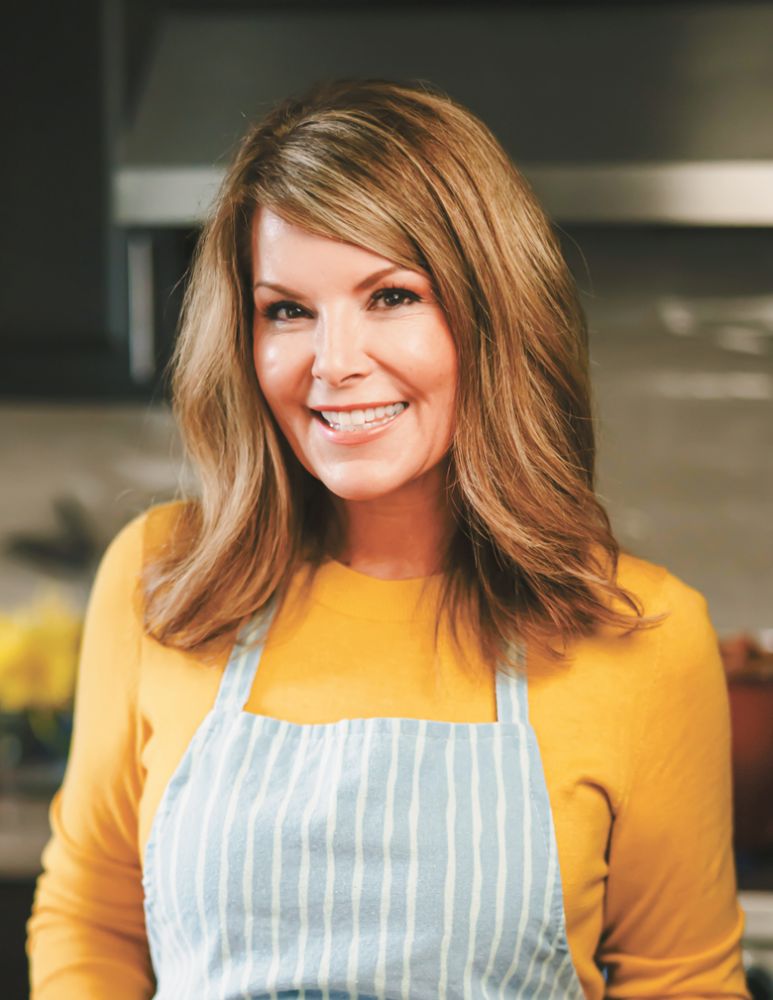
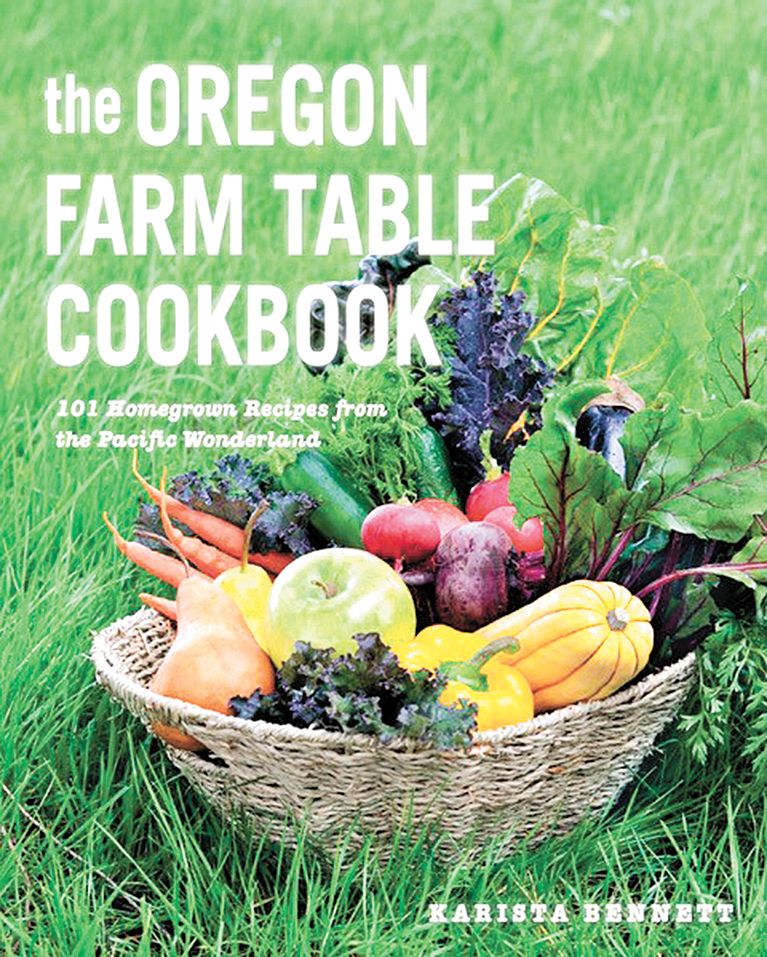
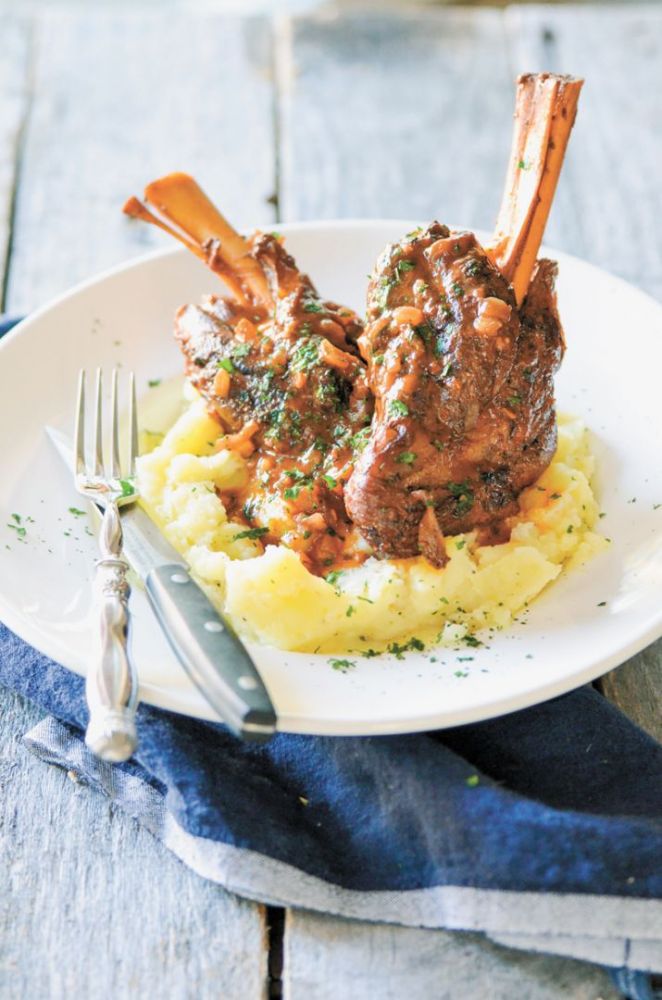
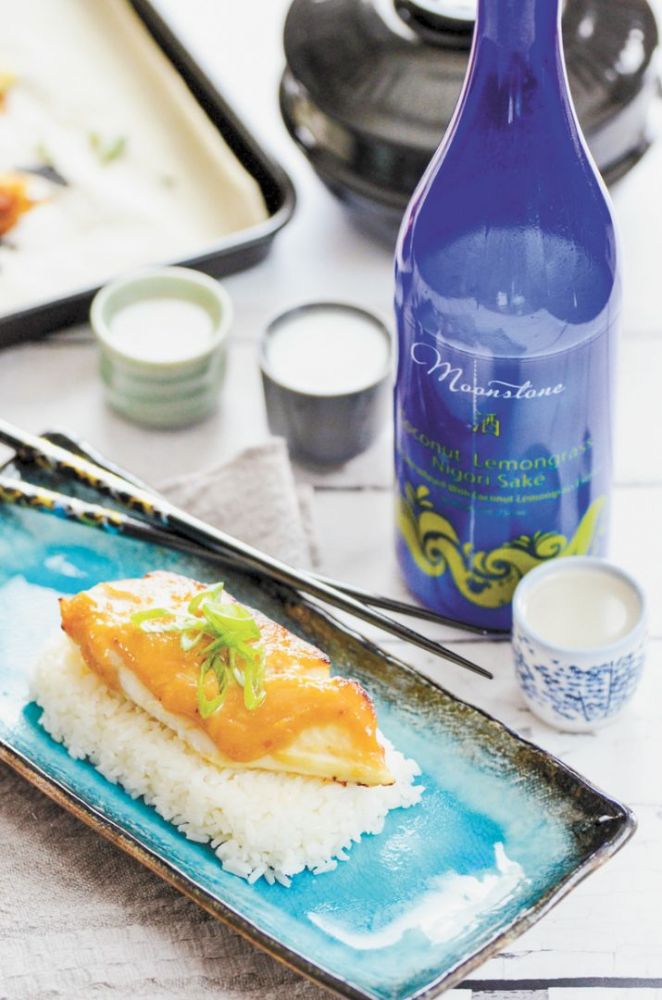
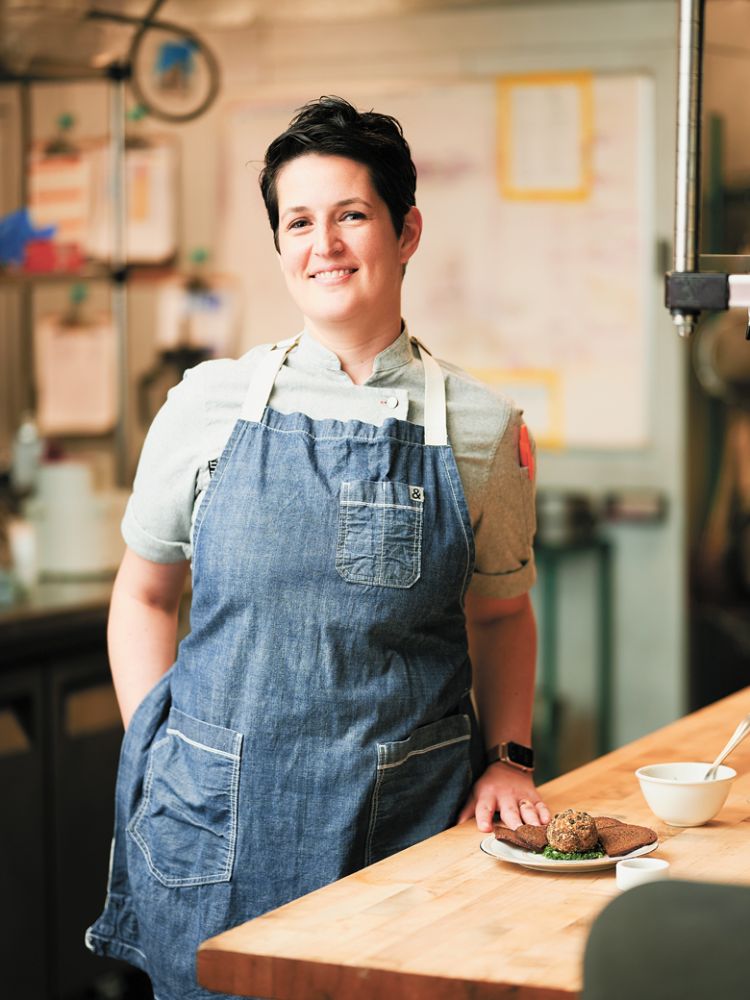
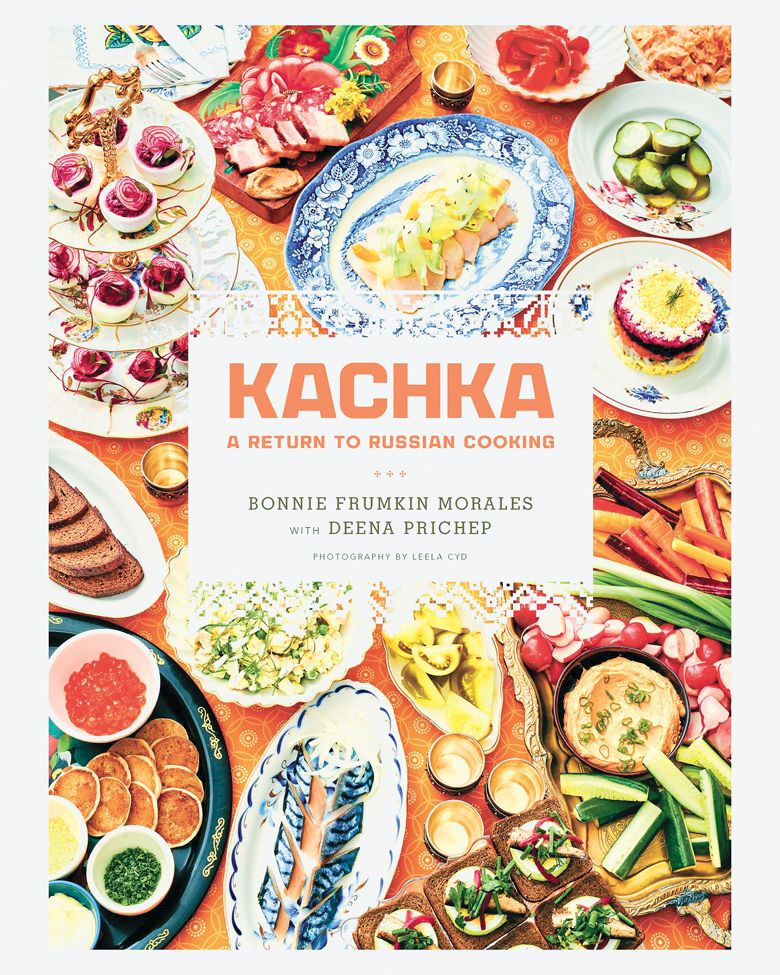
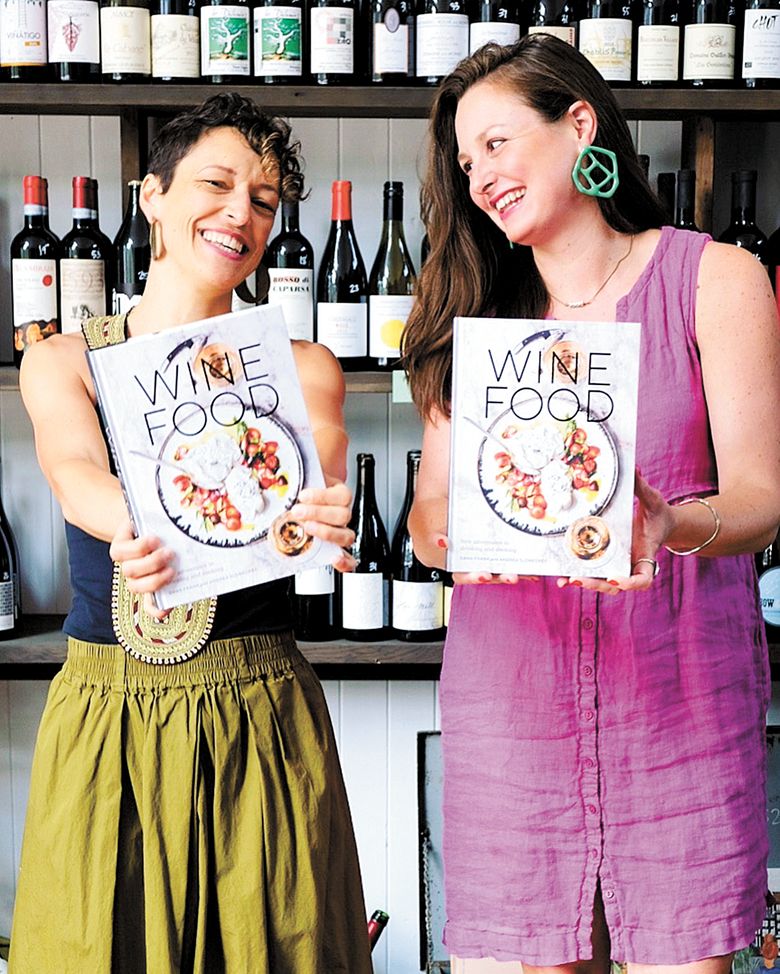

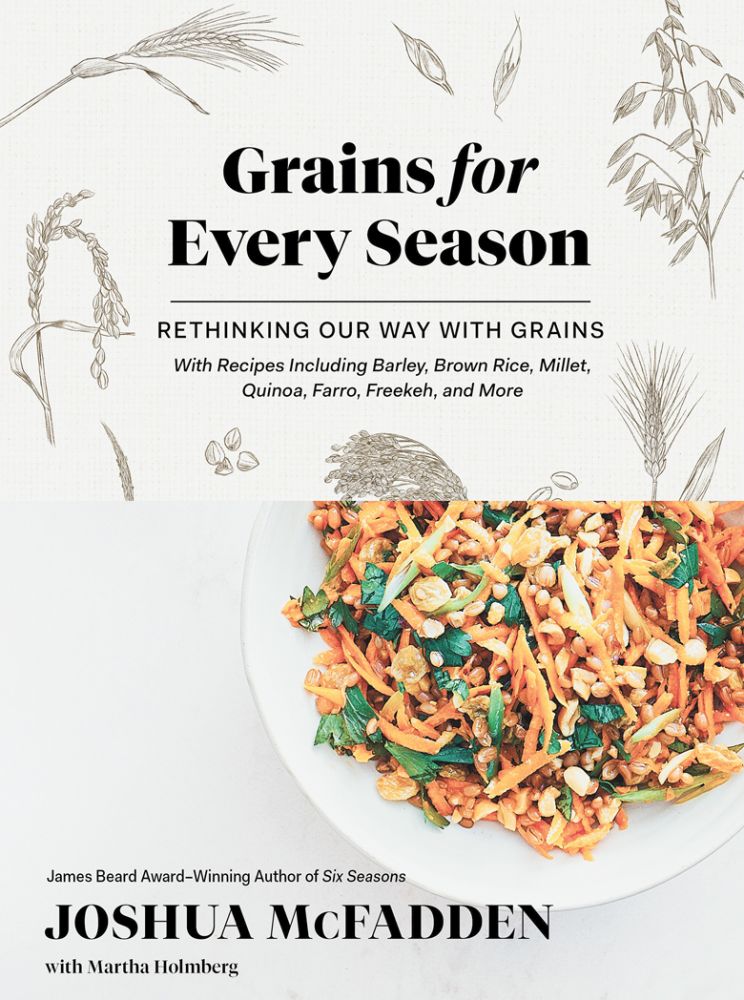
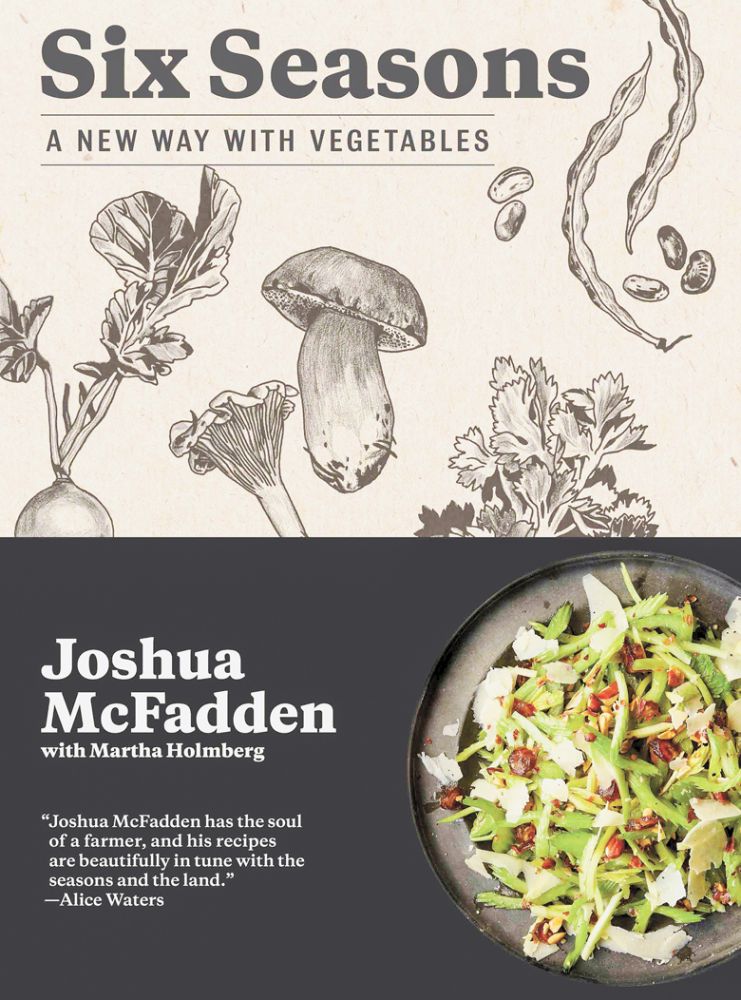
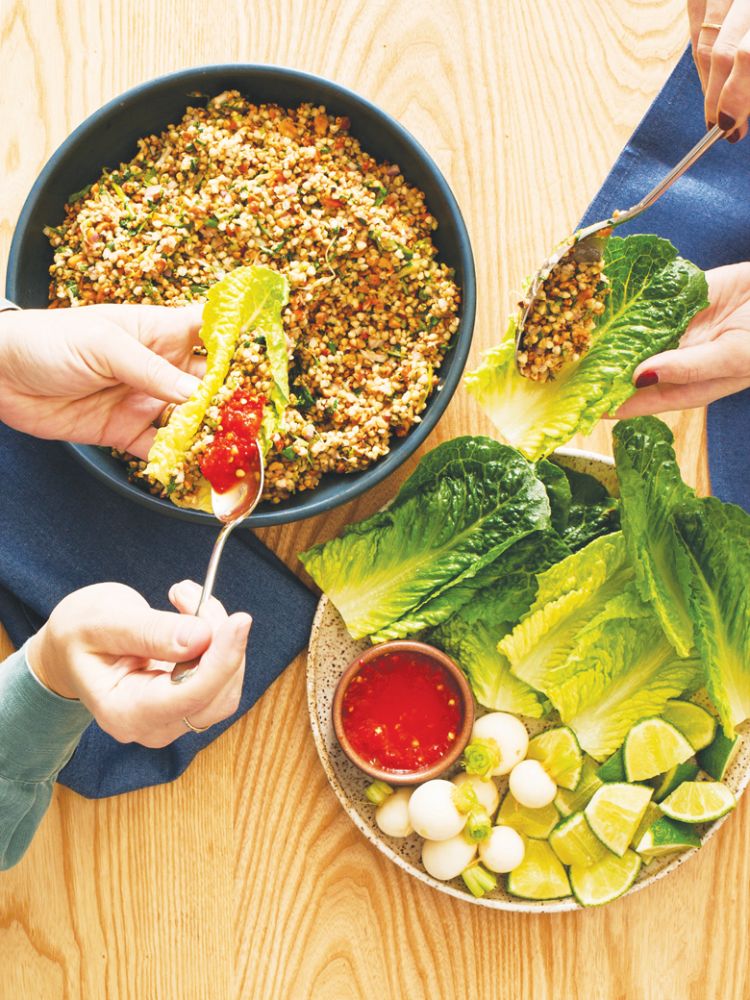
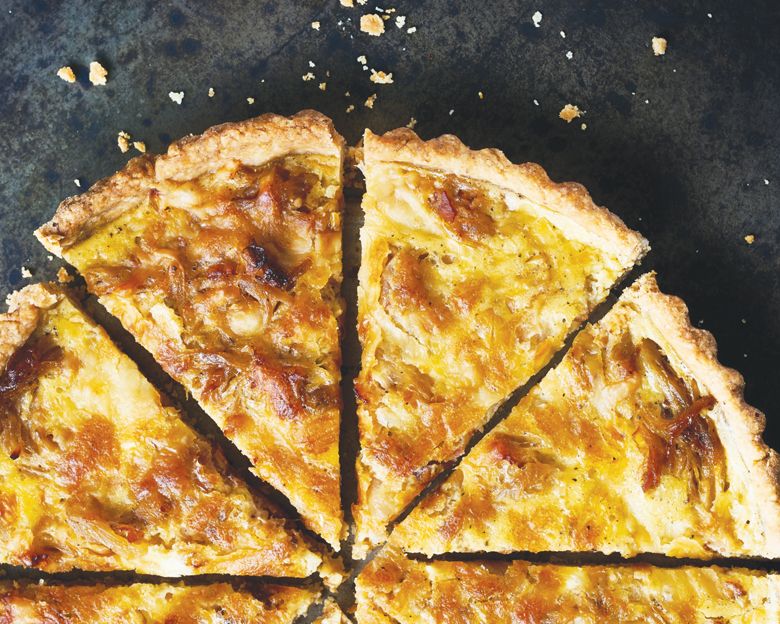
By Michele Francisco
As the weather cools, late fall and early winter vegetables become stars on their own. I’m again spending more time in the kitchen. Reconnecting with these foods (and my oven) brings me renewed joy and enthusiasm. Welcome back: squash, kale, parsnips, purple carrots, collard greens, garlic and beets. In fact, my kitchen practically overflows after each week’s organic produce delivery, so I’m flexing my cooking muscles by making recipes from cookbooks written by Oregon authors.
I reached out to several people requesting their favorite recipes and wine pairings. What I received was too fun not to share. I hope you love learning how these creatives discover complementary combinations– especially ones defying tradition and aren’t immediately apparent.
No doubt you’re familiar with the saying, “what grows together, goes together.” I don’t expect you’ll be surprised by my proclamation: making recipes using local ingredients, created by Oregonians, matched with Oregon wine, guarantees delicious, memorable meals.
The Oregon Farm Table Cookbook by Karista Bennett
Primarily focused on Oregon’s bounty, Bennett’s beautiful photography and stories about area farmers and winemakers provide a real sense of our local community. Her 101 unique recipes are easy-to-follow, especially important for beginners and those who haven’t spent much time in the kitchen. She highlights Abbey Creek Vineyard, Cória Estates, Cowhorn Vineyard, SakéOne, Willamette Valley Vineyards and Youngberg Hill, along with many farming families, some in their third and fourth generations.
Bennett’s favorite recipe and wine pairings:
Braised Lamb Shanks with Five Spice and Pinot Noir
(Page 156 in The Oregon Farm Table Cookbook)
My favorite Oregon wine to use and pair with this dish? A light-bodied Pinot Noir that is fruit-forward with a hint of pepper or baking spices and herbs, like the Cória Estates Grey Label Pinot Noir. This is an enchanting winter dish filled with aromatics, herbs, a hint of five spice and nearly an entire bottle of wine. When paired with creamy polenta or mashed potatoes, this recipe feels and tastes indulgent.
Miso Saké Glazed Black Cod (Sablefish)
(Page 131 in The Oregon Farm Table Cookbook)
I adore various kinds of saké paired with Oregon seafood which is why I’ve included it in this Miso Saké Glazed Black Cod. The unique taste of saké complement seafood and, when paired with the nutty flavor of miso, make for a flavor-filled meal. Most saké is medium dry with a hint of sweetness which complements the buttery, briny– sometimes salty– essence of seafood.
Kachka: A Return to Russia Cooking by Bonnie Frumkin Morales
Chef Bonnie Frumkin Morales is best known for her Portland restaurant, Kachka. Since 2014, she and her staff have been serving hungry diners dishes commonly eaten by residents of Russia and other nearby countries. Kachka's wine list focuses on imported wine from the countries of the former Soviet Union; the Republic of Georgia, Armenia, and nearby Eastern European countries of Slovenia and Croatia. The exceptions: Oregon wines made in a style that draws inspiration from the very old world, including Beckham Estate Vineyard’s amphora-fermented and aged wines.
With Morales’ cookbook filled with her family’s stories and recipes, cooks can enjoy these foods at home. While some ingredients might require a trip to a Russian market, Morales suggests alternatives for those with limited access to imported products.
Morales’ favorite recipe and wine pairing:
Khachapuri Imeretian
(Page 167 in Kachka: A Return to Russia Cooking)
This recipe is best described as the "love child of a crunchwrap and a calzone." The Georgian dish combines a yeasted dough stuffed with a mixture of smoked sulguni (brined Georgian cheese), feta cheeses and cilantro, all pan-fried in butter. I like to pair it with Beckham Estate's A.D. Beckham Pinot Gris, fermented and aged in terra cotta amphora.
Wine Food: New Adventures in Drinking and Cooking by Dana Frank and Andrea Slonecker
In 2015, Wine Food co-author Dana Frank was named Food & Wine’s “Sommelier of the Year” and Bon Appetit’s “Sommelier to Watch.” She’s now owner of Bar Norman, a bar and bottle shop that celebrates natural wines, located in Southeast Portland. (Frank was wine director at Ava Gene’s, working with chef and cookbook author Joshua McFadden, highlighted later.) Frank, with winemaker-husband Scott, owns Bow & Arrow Winery.
Co-author Andrea Slonecker is a seasoned writer of six cookbooks. Not only is she a regular contributor to Food & Wine Magazine, but Slonecker has also helped fellow writers and chefs with more than ten additional book projects, including McFadden’s James Beard Award-winner Six Seasons: A New Way with Vegetables.
As the title indicates, Wine Food invites the reader on an unconventional journey, where wines are first explained and recommended before listing the recipes. Creatively named sections including Prefunk, Brunch with Benefits, The Big Veg and Uncommon Common Dinners. After opening with a wine shopping tutorial, the authors share seventy-five carefully curated recipes accompanied by countless wine suggestions.
Frank’s favorite recipe and wine pairing:
Porcini Mushroom Stroganoff
(Page 218 in Wine Food: New Adventures in Drinking and Cooking)
Our recipe dives deep into porcini mushrooms, using both whole and dried varieties for an extra punch of earthy, mushroomy goodness. Orange/amber/skin-contact wines share a depth that makes them the ideal partner for autumn's cozy, umami-forward dishes like stroganoff. Maloof Wines 'Scrambled Sticks' is a beautiful blend of Oregon-grown Italian varieties Ribolla Gialla and Tocai Friulano combined with Pinot Gris and Chardonnay. The fruit spends extended time on the skins, both in clay amphora and barrel, lending deeply complex orchard fruit, Oolong tea and warm hay notes.
Slonecker’s favorite recipe and wine pairing:
Pimento Cheese Soufflé
(Page 77 in Wine Food: New Adventures in Drinking and Cooking)
A tart, fruity Gamay Noir with a slight chill on it truly highlights the tangy, sharp cheddar and sweet pimento peppers in this ethereal soufflé. Gamay, one of the most versatile red wines, can match up to rich foods with balancing acidity, yet not overpower lighter dishes. I’m married to Tom Monroe of Division Winemaking Company; both our husbands champion the Gamay grape in Oregon. A bottle of Gamay made by either Division or Bow & Arrow Gamay remains a great option to serve with this dish.
Giant Stuffed Pumpkin
(Page 220 in Wine Food: New Adventures in Drinking and Cooking)
This is one of my all-time favorite holiday recipes. It’s a decadent dish inspiring all the senses– weaving fragrant baking spice with creamy, salty, nutty flavors of Gruyère cheese and earthy, umami notes of wild mushrooms. These components, carefully layered alongside kale, cream and sliced sourdough bread inside a pumpkin, slowly roast for several hours. This quintessential winter casserole embodies warmth and coziness. The final presentation is gorgeous and undoubtedly Instagramable. While the authors suggest a red Burgundy, I recently served it with my Woven Wineworks Pinot Noir, grown on my family's farm just feet from where the pumpkin and kale were grown.
—Willamette Valley winegrower Elaina Spring, Woven WineWorks and Covey Ridge Vineyard
Six Seasons: A New Way With Vegetables by Joshua McFadden
Grains for Every Season: Rethinking Our Way with Grains by Joshua McFadden with Martha Holmberg
I credit Joshua McFadden and his fabulous Six Seasons: A New Way With Vegetables with changing the way I cook. After my partner gave me this book, I read it page-by-page, like a novel. The artful array of illustrations and photos left me drooling. Simple, vegetable-focused recipes encourage more mindfulness while eating with the seasons. Plainly put, produce tastes best when ripe. While I have no doubt the recipes in Six Seasons have wide appeal, anyone striving to adopt healthier eating habits or lighten their carbon footprint by consuming less meat must own a copy of this book.
In McFadden’s latest cookbook, Grains for Every Season: Rethinking Our Way with Grains, he explores his enthusiasm and the sheer versatility of the ingredients. Chapters focus on individual grains, showcasing recipes of all types– from breakfast and dinner to dessert– within each section. With 200 recipes, including many gluten-free, home cooks learn to easily incorporate whole grains into their diets.
McFadden also owns and manages three Portland restaurants: Tusk, Ava Gene’s and Cicoria. (Ava Gene’s and Cicoria are currently closed for kitchen remodeling.)
McFadden’s favorite recipe and wine pairing:
Onion and Pancetta Tart
(Page 352 in Six Seasons: A New Way With Vegetables)
The Jac + James Sunset View Pinot Noir is a classically styled wine that pairs easily with this classic onion tart. The caramelized sweet notes from the tart pairs in contrast with the structured spiced red fruits of the wine.
Buckwheat, Lime, and Herb Salad, Larb Style
(Page 75 in Grains for Every Season: Rethinking Our Way with Grains)
The Jac + James Brut Rose: Buckwheat and Bubbles…. ‘nuff said. This riff on the classic Thai dish screams to be paired with dry rose bubbles. The textures match, along with that ever so inviting spicy versus bubbly pairing.
McFadden shared these recipes, one from each book– both perfect for winter and the holidays.
All these cookbooks make wonderful gifts and are available for sale at your local, independent bookseller or online.
Buckwheat, Lime, and Herb Salad, Larb Style
Excerpted from Grains for Every Season by Joshua McFadden (Artisan Books). Copyright © 2021.
One of my favorite Thai dishes—actually, from any cuisine—is larb. It's usually made with seasoned pork, lots of lime juice, fresh herbs, and chiles served with lettuces and more herbs with which to scoop up the pork. Inspired by the flavor and texture combinations, I decided to make a vegetarian version, replacing the ground meat with buckwheat. The crunchy, toasted buckwheat and tender, chewy simmered buckwheat creates a fabulous texture. So much of deliciousness comes from texture, right? This recipe makes a large amount, perfect for a party, but feel free to cut the quantities in half. —Serves 8
Ingredients:
Peanut or canola oil
2 cups (360 g) uncooked buckwheat groats
Kosher salt
½ cup (75 g) chopped shallots
6 tablespoons (90 ml) fresh lime juice (from about 2 limes)
1 small fresh red Thai or serrano chile, seeded, deribbed, and thinly sliced
2 tablespoons finely grated or minced garlic
¼ cup (60 ml) fish sauce (I like Red Boat brand)
Leaves and tender stems from 1 bunch mint
Leaves and tender stems from ½ bunch cilantro
1 cup (120 g) diagonally sliced scallions, trimmed (including ½ inch/1.25 cm of
the green tops), soaked in ice water for 20 minutes, and drained well
1¼ cups (175 g) roughly chopped salted roasted peanuts
Many small iceberg lettuce leaves or hearts of romaine leaves
Radishes, cucumber slices, lime wedges, and chile sauce or other hot sauce,
for serving
Heat a glug of oil in a heavy-bottomed medium skillet over medium heat. Add a little less than half the buckwheat and cook, stirring frequently, until toasted. Take your time, because you don’t want it to get too dark, but you do want it thoroughly toasted. It should take 5 to 7 minutes, but start tasting around 4 minutes. The texture should be crisp but not hard and the flavor will be nutty and pleasant. When it’s ready, dump the buckwheat onto a sheet pan and spread out to cool.
Bring a medium saucepan of water to a boil, and add 1 teaspoon salt and the remaining buckwheat. Reduce the heat to a simmer and cook until the buckwheat is tender, 12 to 15 minutes. Drain well and let cool.
Combine the shallots and lime juice in a medium bowl and let sit for about 20 minutes; this will remove some of the harshness of the raw shallots. Stir in the chile, garlic, fish sauce, 3 tablespoons oil, and 1 teaspoon salt.
Transfer the cooked buckwheat to a large bowl, pour on the shallot dressing, and toss thoroughly. (You can do this up to 30 minutes before you serve the salad.)
Just before serving, toss in the toasted buckwheat, mint, cilantro, scallions, and peanuts. Taste and adjust the seasoning with more lime juice, fish sauce, or salt.
Arrange the lettuce leaves and other garnishes on a platter, along with the buckwheat mix. Serve right away, inviting diners to fill lettuce leaves with the buckwheat mixture, some radish and cucumber, and a squeeze of lime. Add hot sauce to taste!
Onion and Pancetta Tart
Excerpted from Six Seasons by Joshua McFadden (Artisan Books). Copyright © 2017.
Unlike a quiche, this savory tart is filled with very little custard in order to let the sweet onions dominate. This is delicious reheated the next day, so it’s a good make-ahead dish for entertaining. (Makes one 10-inch tart.)
Ingredients:
All-purpose flour, for dusting
2/3 recipe Walnut Dough (see Note)
Extra-virgin olive oil
3 ounces pancetta, chopped
3 cups thinly sliced yellow onion (about 1 large)
Kosher salt and freshly ground black pepper
1 egg yolk
1/2 cup heavy cream or crème fraîche
2 ounces Gruyère cheese, shredded (1/2 cup)
Heat the oven to 400°F.
On a lightly floured work surface, roll the dough to a 13-inch round. Gently roll the dough around your rolling pin, transfer to a 10-inch tart pan with a removable bottom, and unroll. Gently press the dough down into the corner where the base meets the sides, and press the dough up the sides, leaving some above the rim. Pinch the dough to form a tidy, evenly thick rim.
Line the dough with parchment paper or foil and fill with dried beans or pie weights. Bake until the dough is set and the rim is light brown, about 10 minutes. Reduce the oven temperature to 325°F. Carefully remove the parchment and beans, return the tart shell to the oven, and cook until the base looks dry and is light gold, another 20 minutes. Let the crust cool slightly. (Leave the oven on.)
As the tart shell bakes, heat a small glug of olive oil in a large skillet or Dutch oven over medium-high heat. Add the pancetta and as soon as it sizzles, reduce the heat and cook until the fat has rendered and the pancetta is starting to brown, about 7 minutes; don’t let it get fully browned and crisp.
Add the onion, season generously with salt and pepper, and cook gently until the onion becomes very soft and fragrant and is a rich golden brown, stirring and scraping the pan frequently, about 30 minutes. Cool to room temperature.
Whisk together the egg yolk and cream in a bowl. Season lightly with salt and pepper. Fold in the Gruyère and onion. Fill the tart shell with the mixture, smoothing the top.
Bake until the filling is just set, about 20 minutes. Let the tart cool to warm before cutting and serving.
Note: Make the Pecan Dough (page 49) instead with walnuts. You only need two-thirds of the dough here, so wrap and freeze the other third for another use.









